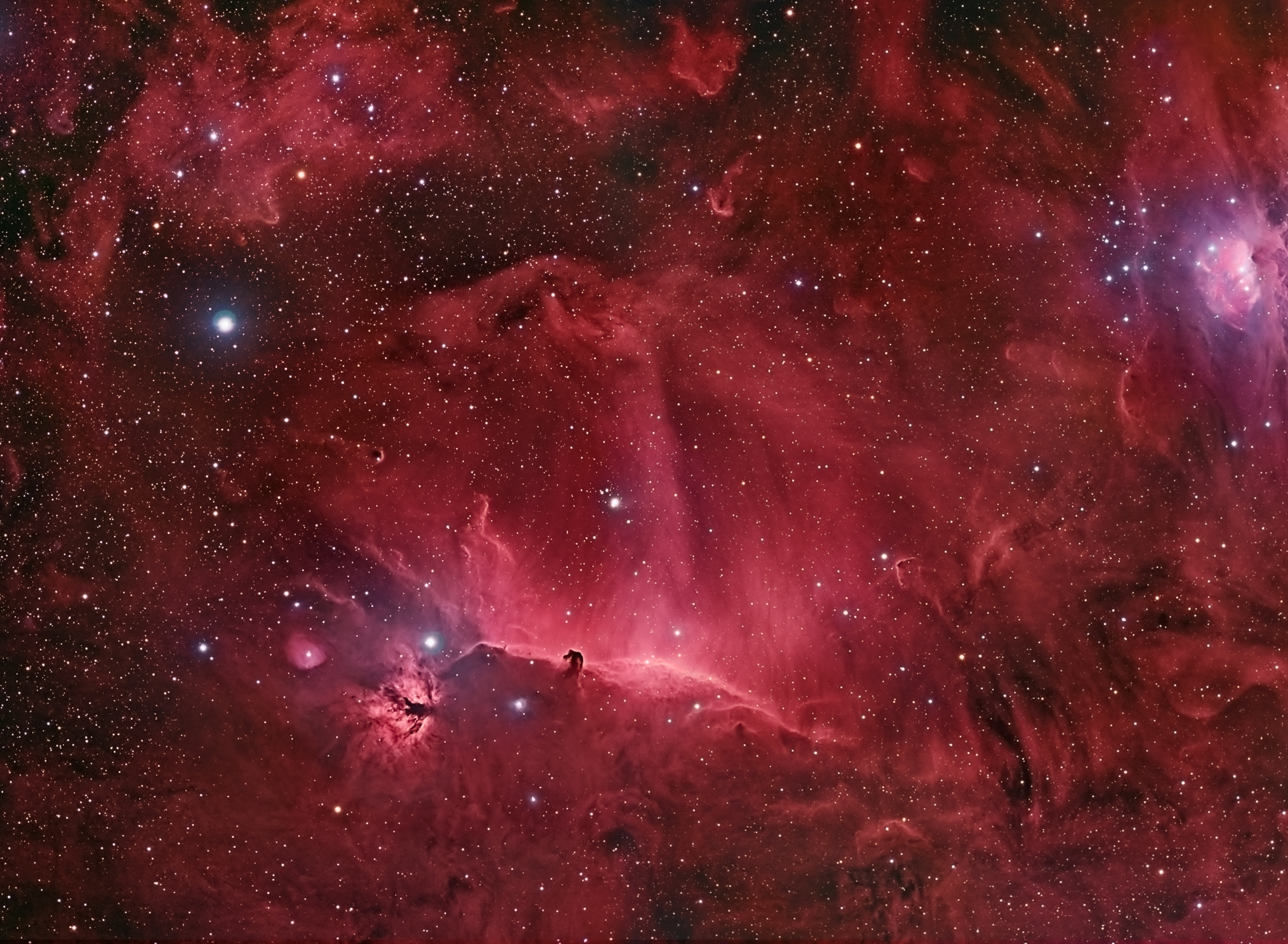 Over the last three weeks a minor and otherwise dim comet has suddenly flared and become bright. Comet Holmes has been sighted many times since its discovery in 1892 but it has been historically a faint object barely worthy of note when it passed near earth. However, on October 24th this year it brightened suddenly by over 1 million times and became as bright as the neighboring stars in the area of the sky where we can see it now. Comet Holmes is in the constellation Perseus in the evening. This comet is not nearly as distinctive as previous comets such as Hale-Bopp but it has developed a unique shape compared to other comets, something more of a ball of light surrounding the core of the comet. One reason for this is that we are viewing the comet "straight on" from our perspective on earth and not "edge on", like looking at a train approaching from the front where all you see is a headlight and the front of the train, not the side view of the string of train cars from front to back. Because we see the tail of Comet Holmes from the front rather than the side, we see a cloud of glowing dust surrounding the core. In binoculars or a telescope it looks quite impressive. I had a good look at it a few days ago and have been watching it since then. It is subtle with the naked eye, but very distinctive through binoculars or a telescope.
Over the last three weeks a minor and otherwise dim comet has suddenly flared and become bright. Comet Holmes has been sighted many times since its discovery in 1892 but it has been historically a faint object barely worthy of note when it passed near earth. However, on October 24th this year it brightened suddenly by over 1 million times and became as bright as the neighboring stars in the area of the sky where we can see it now. Comet Holmes is in the constellation Perseus in the evening. This comet is not nearly as distinctive as previous comets such as Hale-Bopp but it has developed a unique shape compared to other comets, something more of a ball of light surrounding the core of the comet. One reason for this is that we are viewing the comet "straight on" from our perspective on earth and not "edge on", like looking at a train approaching from the front where all you see is a headlight and the front of the train, not the side view of the string of train cars from front to back. Because we see the tail of Comet Holmes from the front rather than the side, we see a cloud of glowing dust surrounding the core. In binoculars or a telescope it looks quite impressive. I had a good look at it a few days ago and have been watching it since then. It is subtle with the naked eye, but very distinctive through binoculars or a telescope.There are excellent accounts of Comet Holmes on many websites. Start at www.skyandtelescope.com and you will find photos, charts and links with the latest information about the comet, since it is such a dynamic object. Astronomers are at a loss to explain exactly what happened to cause Comet Holmes to suddenly flare up. There is no way to know when it might fade from view, but by most accounts it should stay bright and visible for the days ahead.




